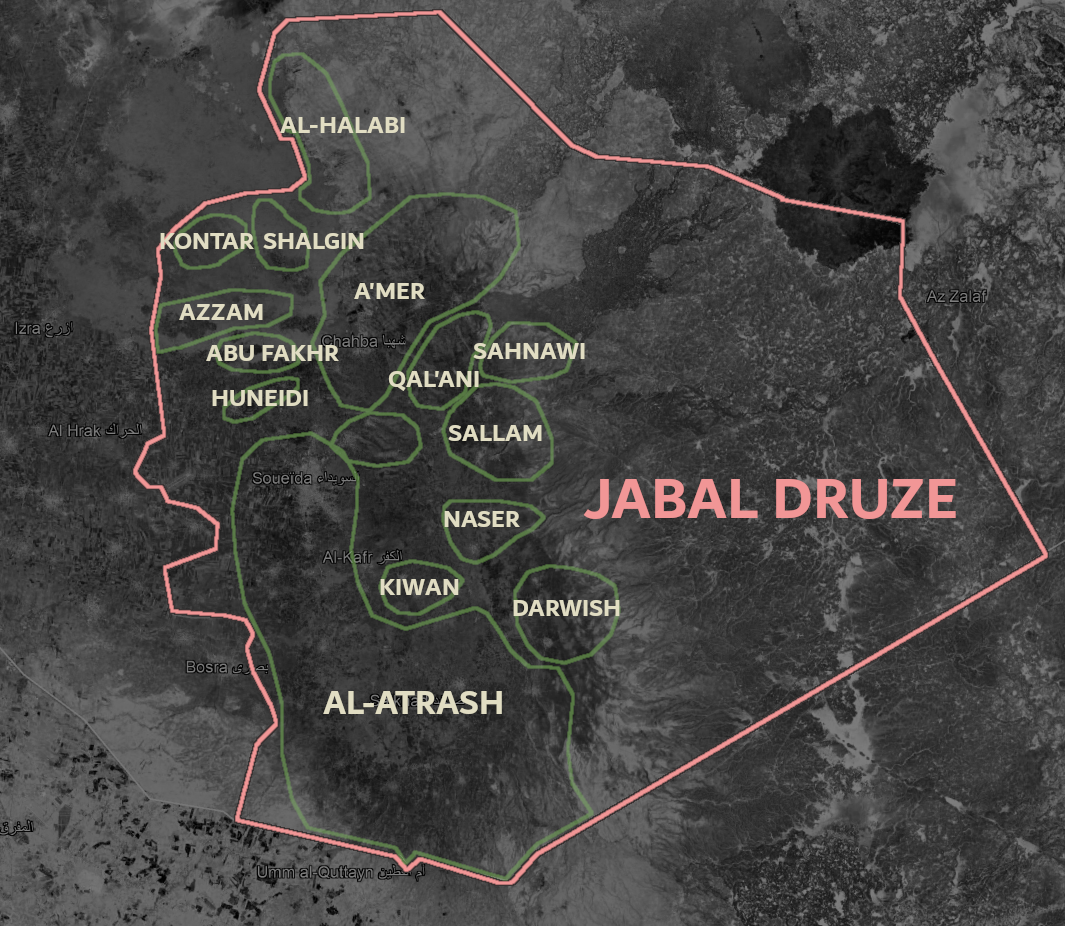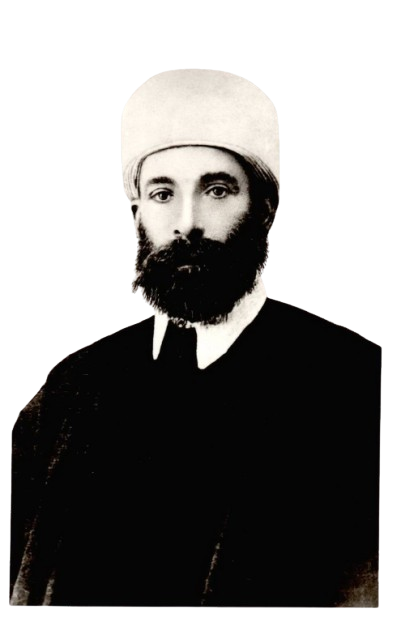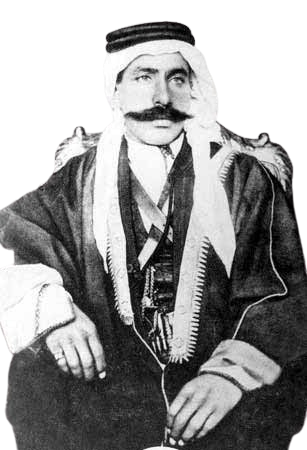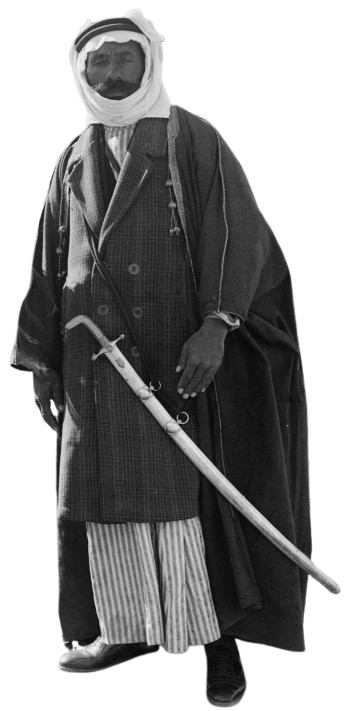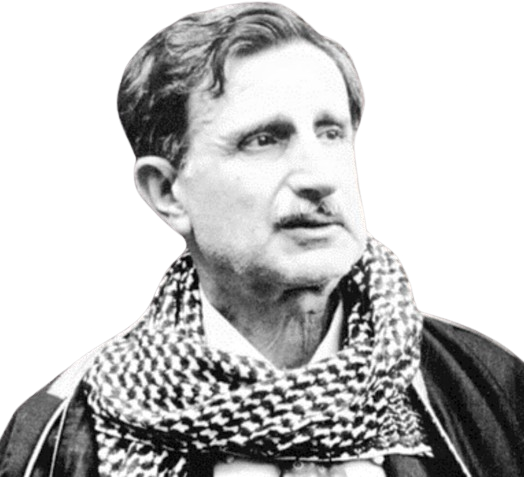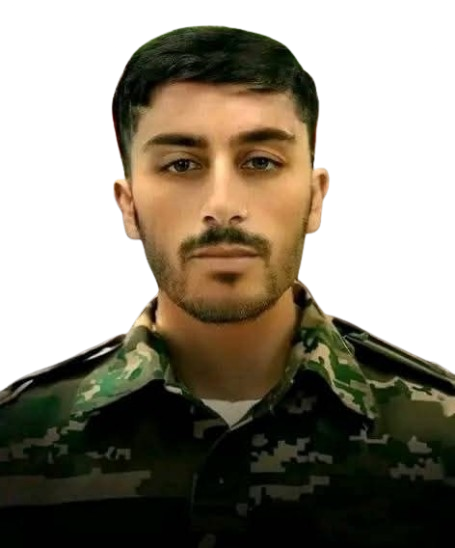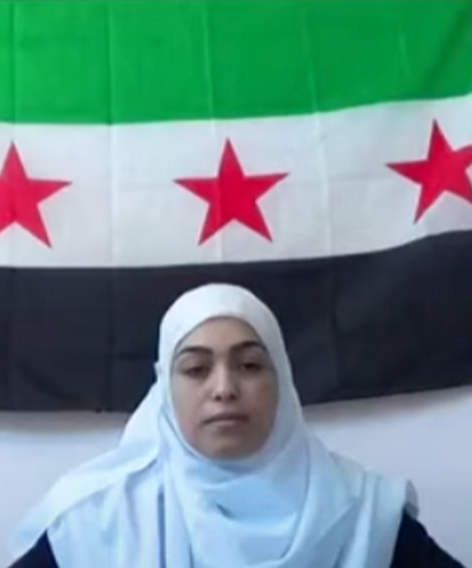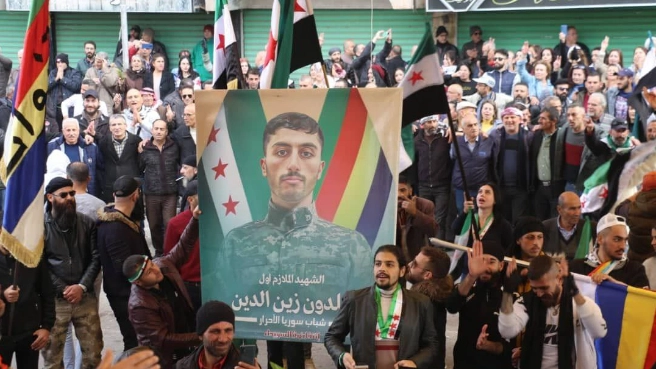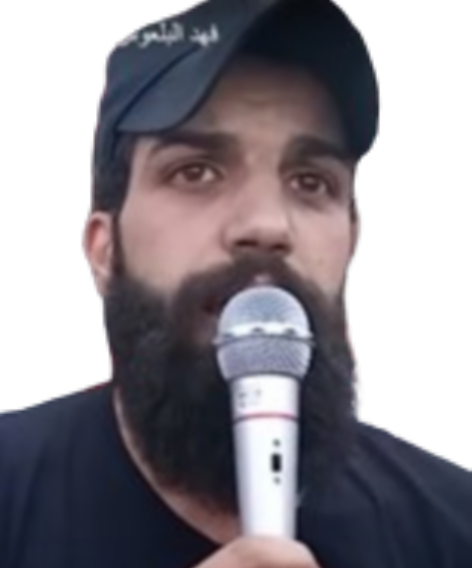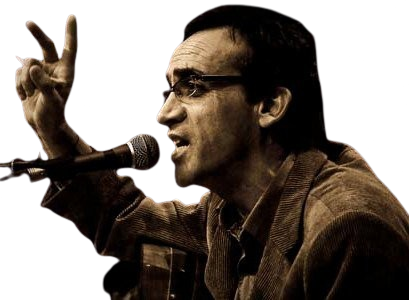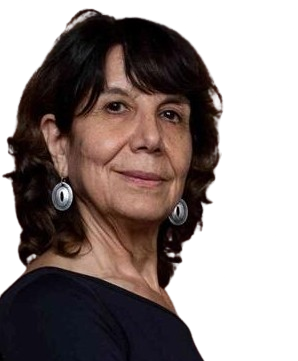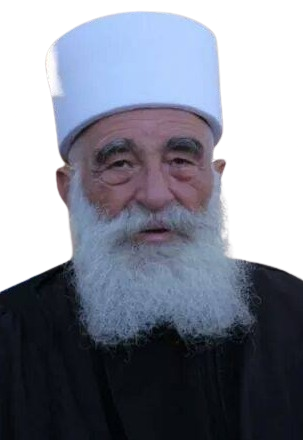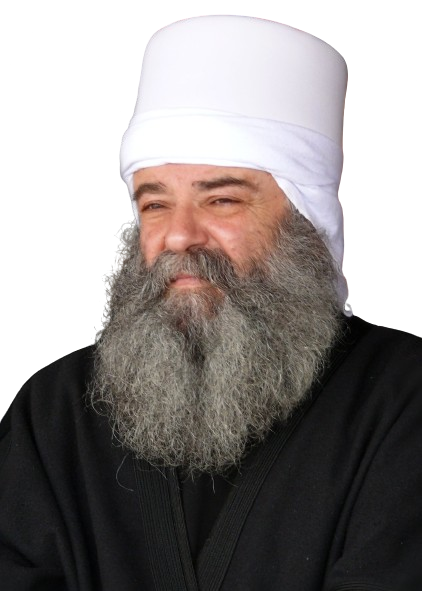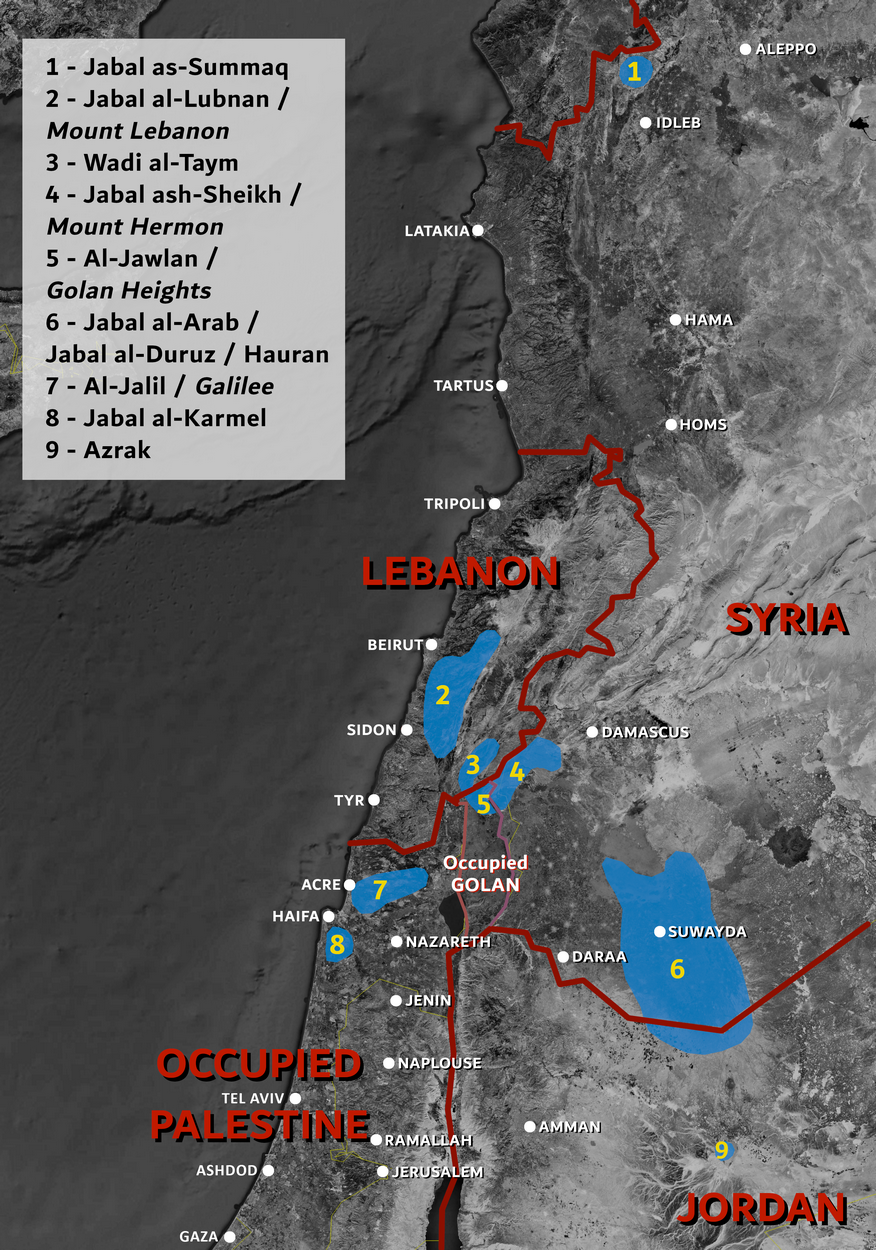The Syrian Chronicle by Interstices – Fajawat, February 7, 2025
CHRONICLE WRITTEN IN COLLABORATION WITH FRENCH COLLECTIVE/MEDIA “CONTRE ATTAQUE“
A lot has changed since our last chronicle, and it’s not easy to pick out what’s most relevant and useful for understanding the general context of post-Assad Syria two months after its collapse.
Official inauguration and promises by al-Sharaa
Ahmed al-Sharaa was officially confirmed in his role as interim president on January 29, following the first visit of a foreign head of state to the new Syria, represented by the Emir of Qatar Sheikh Tamim bin Hamad Al-Thani. This appointment, made without outside consultation, was decided at a conference attended by dozens of military personnel, and granted Al-Sharaa the power to set up a “temporary” legislative council for the duration of the transition.
On this occasion, he delivered his first speech to the nation. The speech lasted five minutes, but was praised for its simplicity and also for his choice to pay tribute to the struggles of Syrian men and women, whom he took care to name using an inclusive vocabulary.
Two days after Sharaa paid tribute to the martyr Hamza al-Khatib, the child from Deraa whose abduction, torture and murder by the henchmen of the Assad regime had been one of the sparks of the 2011 revolt, his torturer Atef Najib, cousin of Bashar al-Assad, was arrested in Latakia. Four days later, Assad’s former Interior Minister between 2011 and 2018, Mohammad al-Shaar, surrendered to the new authorities.
On February 5, Al-Sharaa and his Prime Minister finally took the time to meet with associations of families of the disappeared, before reaffirming their willingness to create a specific department to investigate these disappearances, to protect the sites and evidences of the crimes and to prosecute all criminals of the former regime in a perspective of transitional justice.
One of the most symbolic events of early February was the coming-out of “CAESAR”, the former agent of Assad’s military police who brought out nearly 55,000 photographs from Syria, risking his life to provide evidence of the torture and mass executions perpetrated by the former regime. His revelations led to the introduction of a “Caesar law” in 2020.
In his first open interview with Al-Jazeera yesterday Farid Al-Madhan, who spent 10 years in exile in France and lived in constant fear, presents himself as “son of free Syria, from Deraa, cradle of the Syrian revolution” and calls for the lifting of the sanctions against Syria that bear his code name.
Tracking down Assad’s henchmen and daily killings
The transitional government’s army continues to carry out military operations to track down former henchmen of the Assad regime, particularly in the Homs region, where in recent weeks armed groups of uncertain affiliations have carried out numerous extrajudicial executions.
Seven new “security campaigns” have been launched by government armed forces in various regions, while human rights organizations continue to report numerous murders and settlements of scores on a daily basis throughout the country.
An unidentified group murdered some fifteen civilians in a predominantly Alawite village north of Hama on January 31, while government forces and Hezbollah have been clashing for the past two days near the Lebanese border east of Qusayr, which has long been the main logistical and human crossing point for pro-Iranian militias.
East of the Euphrates, coalition forces and the Syrian Democratic Forces have also carried out five security campaigns, arresting dozens of former regime members and Islamic State fighters.
Al-Sharaa’s first official visits and diplomatic negotiations
Al-Sharaa made his first visits abroad, starting with Saudi Arabia, where he went to Mecca for the Umrah pilgrimage in the company of his wife, Latifa al-Droubi, whose identity the world is discovering for the first time. He then travelled to Turkey and may visit France next week, as part of the international conference on Syria scheduled for February 13.
The main topics of discussion are the lifting of sanctions, the fight against the Islamic State, as well as the fate of northeastern Syria and the integration of the Syrian Democratic Forces into the National Army.
For their part, the Egyptian and Tunisian heads of state, Sisi and Saied, are among the most feverish to support or congratulate the new government. Both seem to fear that the fall of Assad will spark new revolutionary impulses in their respective countries, which have also supplied the largest contingents of foreign Islamist fighters to Syria over the past decade – 6000 for Tunisia, 3000 for Egypt. One of the Egyptian ex-members of HTS was arrested in Syria on January 15 after calling on social networks for Egyptians to overthrow Sisi.
On the side of Western imperialism…
Negotiations with Russia continue unabated, with no indication of what Syria is demanding from Russia, or what the latter is proposing in order to maintain its Hmeimim (Latakia) airbase and Tartus naval base on Syrian territory. For the first time, there has been talk of handing Assad over to Syria, but also of financial compensation for rebuilding the country, whose ruin is largely attributable to Russian intervention since 2015. To date, the talks appear to have reached a dead end.
No big news from the United States. Donald Trump, busy taking chainsaw blows all around him, seems relatively uninterested in the Syrian question. From one week to the next, his statements on the potential withdrawal of 2,000 American troops from Syria change completely. We can only wait to see what Trump’s next whim will be…
Finally, while Turkey is doing everything to salvage its war against the Kurds in the north of the country, Israel is irrevocably pursuing its expansion in the south, claiming to want to hold out indefinitely or indefinitely, depending on the translations of the Israeli Defense Ministry’s statements.
Already, residents are testifying to the considerable impact the military occupation is having on the region’s agriculture and ecosystem, including southern Syria’s main water reserves, thousands of hectares of fields, vegetable gardens and fruit crops, not to mention over 10,000 beekeepers’ hives already threatened by climate change… Israel is a calamity from every point of view.
But now, demonstrations are being organized in Damascus and in the invaded province of Quneitra. On February 1, for the first time, an armed group calling itself the “Syrian Popular Resistance” fired on the Israeli army in the village of Turnejeh.
